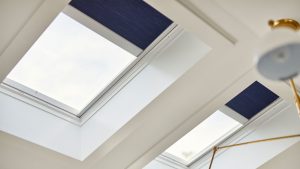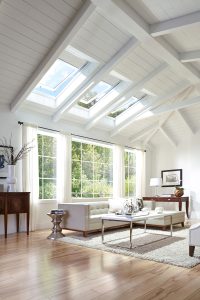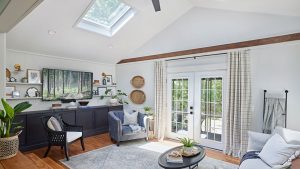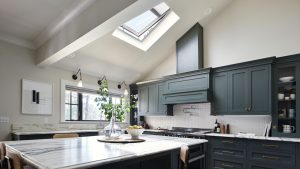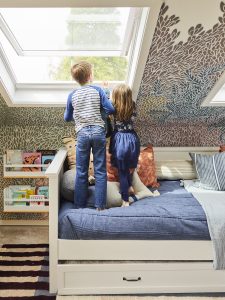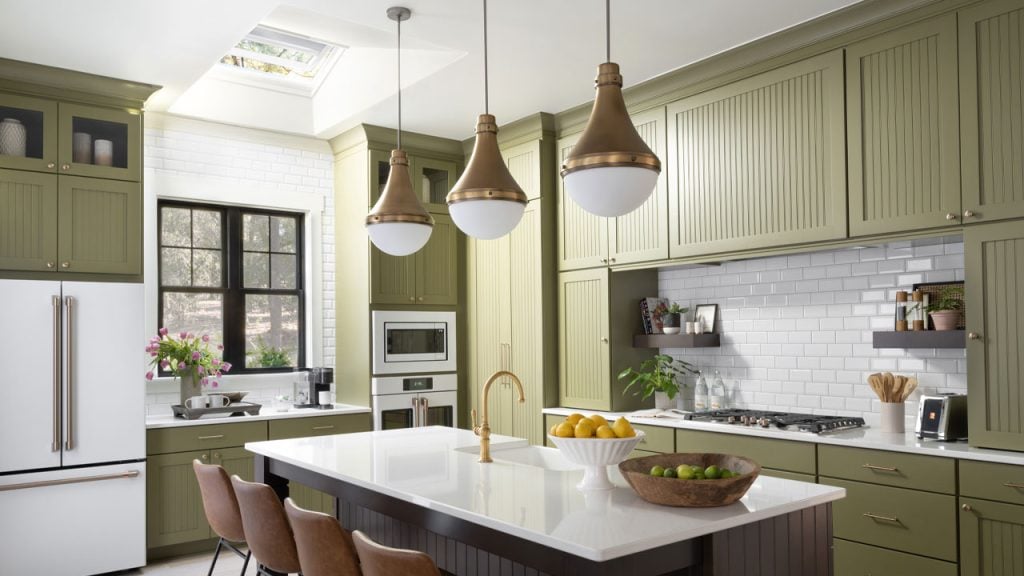
A skylight is a window or opening installed in the roof of a home or building allowing natural light to flow in from above. Skylights are designed to evenly disperse natural light to rooms that are traditionally darker or that require privacy.
Types of Skylights
Skylights come in various styles and designs to suit different architectural preferences and functional needs. Here are some common types:
Fixed Skylights: These are stationary and do not open or close. They provide a constant source of natural light and are excellent for brightening gup an otherwise dark room.
Venting Skylights: Unlike fixed skylights, venting skylights can open and close to allow for ventilation. Typically. Venting skylight can be electric or solar powered.
Sun Tunnel® Skylights: Are designed to bring in natural light into hard-to-reach areas like bathrooms, closets, or hallways.
Custom Skylights: Homeowners who want a skylight that fits their unique vision can opt for custom skylights. These are tailored to specific sizes, shapes, and features.
Benefits of Skylights
Now that you know what a skylight is, let’s explore why you might want to consider installing one:
Natural Light: Skylights are an excellent source of natural daylight, which can enhance the aesthetics of your living spaces, create a welcoming atmosphere, and reduce the need for artificial lighting during the day.
Energy Efficiency: Properly designed and installed skylights can help lower energy bills by reducing the reliance on artificial lighting and, in some cases, providing passive solar heating in areas that are traditionally colder.
Health Benefits: Exposure to natural light can help balance your circadian rhythm and help your body produce more vitamin D which has been shown to improve mood, increase productivity, and contribute to better overall well-being.
Aesthetic Appeal: Skylights can transform the way a room feels and functions. The addition of natural light from above can make a space feel bigger, brighter, and overall, more appealing.
Ventilation: Venting skylights allow for natural ventilation, helping to reduce humidity and indoor odors, and promoting better indoor air quality.
Considerations When Installing Skylights
Before adding a skylight to your home, keep these factors in mind:
Location: Determine the ideal location for your skylight to maximize natural light and minimize potential heat gain. Typically, you want your skylight to be in a central location so it can evenly disperse natural light.
Roof Type: Different roofing materials require specific installation techniques. Ensure your skylight is compatible with your roof type. For example, if you have a flat roof, you will need to have a curb-mounted skylight installed.
Size: Consider the size of the skylight relative to the room it will illuminate. Larger skylights allow for more natural light but can impact energy efficiency.
Energy Efficiency: Choose skylights with energy-efficient features like Low-E glass, which helps regulate heat and UV rays, or think about choosing a solar-powered skylight.
Installation: Make sure you are getting your skylight installed by a professional roofing company, or better yet, a certified skylight installer.

